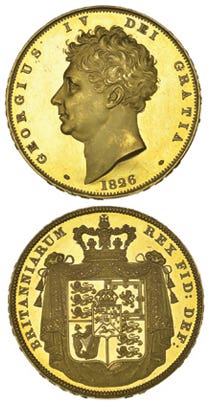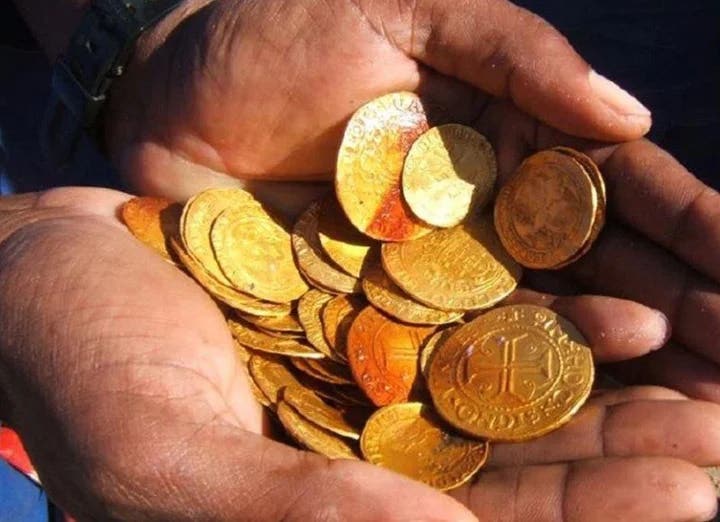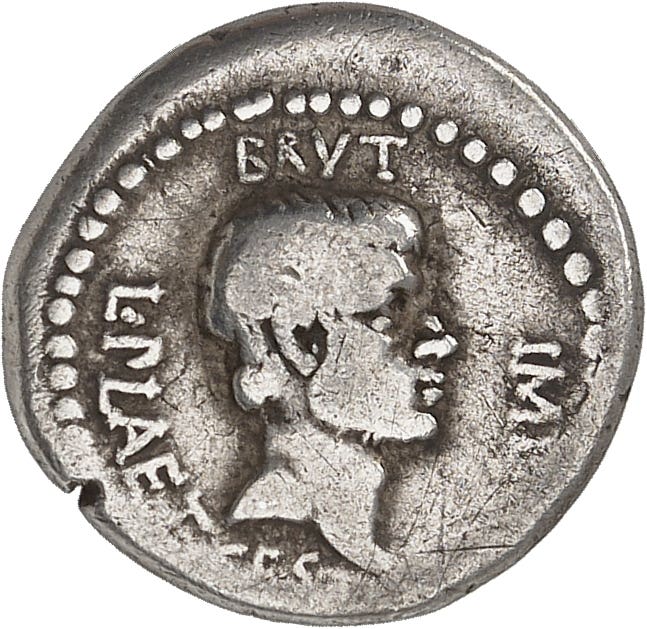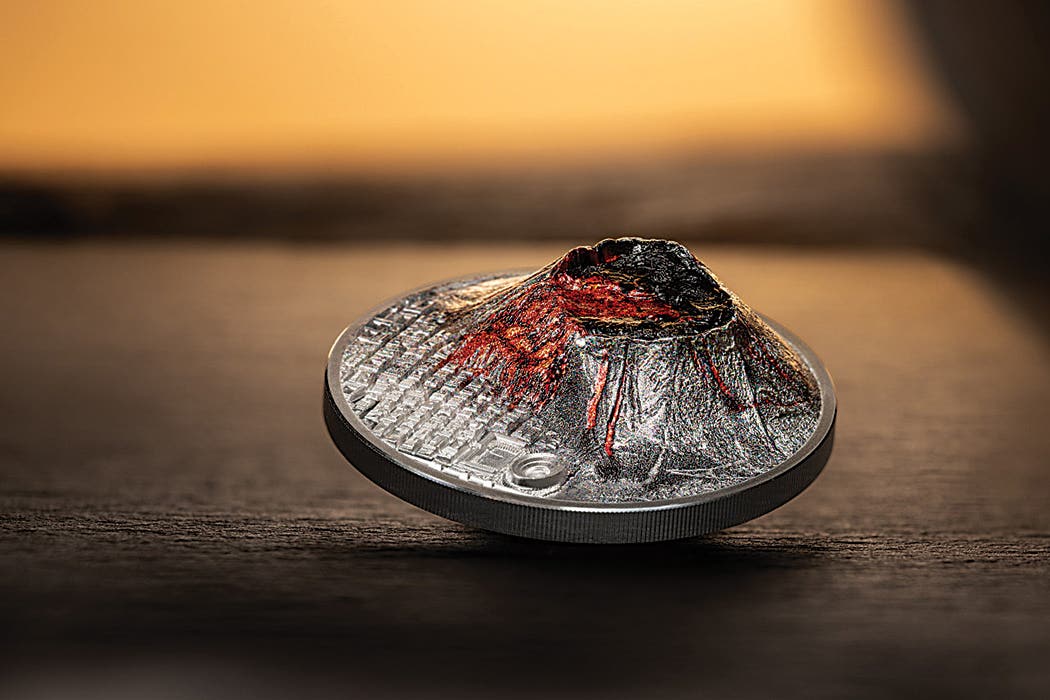Hot British coins pace DNW sale
British coins are hot. And it is not just the rare gold and proof sets that are setting the pace. These days, quality and history are proving equally important in…

British coins are hot. And it is not just the rare gold and proof sets that are setting the pace. These days, quality and history are proving equally important in determining price. All these factors were at play in Dix, Noonan & Webb’s fall sale spread over two days in mid-November. Each day saw collectors spend a million dollars for a sale total of $2,037,508.
Leading the charge was the Michael Gietzelt Collection of British & Irish Milled Coins. Anyone with an interest in British coinage from Charles II to the 20th century, be they dealer or collector, will find considerable food for thought in the Gietzelt catalog and its results.
Of the 398 lots offered, just one failed to sell. The 397 that did sell realized $1,214,583, or over $3,000 apiece, with many lots far exceeding upper estimate.
Star was a George IV proof 5 pounds of 1826 (KM-702; S-3797). In brilliant gEF but hairlined fields, it took $84,812 [£66,000] on a £20,000-26,000 estimate.
A little way behind came a Queen Anne 5 guineas of 1705 (KM-520.2; S-3560) in EF. It romped away to fetch $70,933 [£55,200], while a William and Mary five guineas of 1691 (KM-479.2; S-3422) managed $52,430 [£40,800] in aEF.
Five further high-grade 5 guineas and three two guineas/pounds took in excess of $20,000 apiece before milled silver put in an appearance. Top price here of $18,504 [£14,400] was achieved by an aEF William IV proof crown of 1831 (KM-715; S-3833) with an £8,000-10,000 estimate.
The top 20 players also included two British historic silver pattern rarities. The first was an 1868 Queen Victoria pattern double florin in gold by L.C. Wyon (KM-Pn115; WR-372). Described “Much as struck,” it was bid up to $18,504 [£14,400] – well in excess of three times upper estimate.
The second was an example of the long admired 1902 pattern crown of Edward VII by Spink. The reverse shows the king on horseback in the style of a Tower crown of Charles I along with the Londonia mm (ESC-3563). In “About mint state,” it went for $15,420 [£12,000], or over double upper estimate.
The main sale was led by an Irish rarity: a delightful James II pewter money groat of 1689 struck from a gunmoney sixpenny die (KM-98). Just four specimens are known, with that in the sale in EF condition being by far the finest. On an estimate of £5,000-7,000, it had little difficulty in realizing $23,130 [£18,000].
A substantial Roman offering was led by an extremely rare and uncataloged ‘C’ mint, 3.82 g antoninianus of Carausius – self-proclaimed Emperor of Britain and Northern Gaul. The bust of the usurper is shown three-quarters facing. Of the nine or so similar facing-bust types known of Carausius, this is the first to have a PAX AVG reverse legend as opposed to the usual SALVS AVG type. The significance of this coin was not appreciated following its find in Wiltshire until it had been cleaned. Graded F, it made a very easy $18,504 [£14,400] on a conservative £4,000-£5,000 estimate.
Full catalog details and prices realized can be sourced at www.dnw.co.uk.
This article was originally printed in World Coin News. >> Subscribe today.
If you like what you've read here, we invite you to visit our online bookstore to learn more about Standard Catalog of Great Britain Coins eBook.
NumismaticNews.net is a participant in the Amazon Services LLC Associates Program, an affiliate advertising program designed to provide a means for sites to earn advertising fees by advertising and linking to Amazon.com and affiliated websites.








